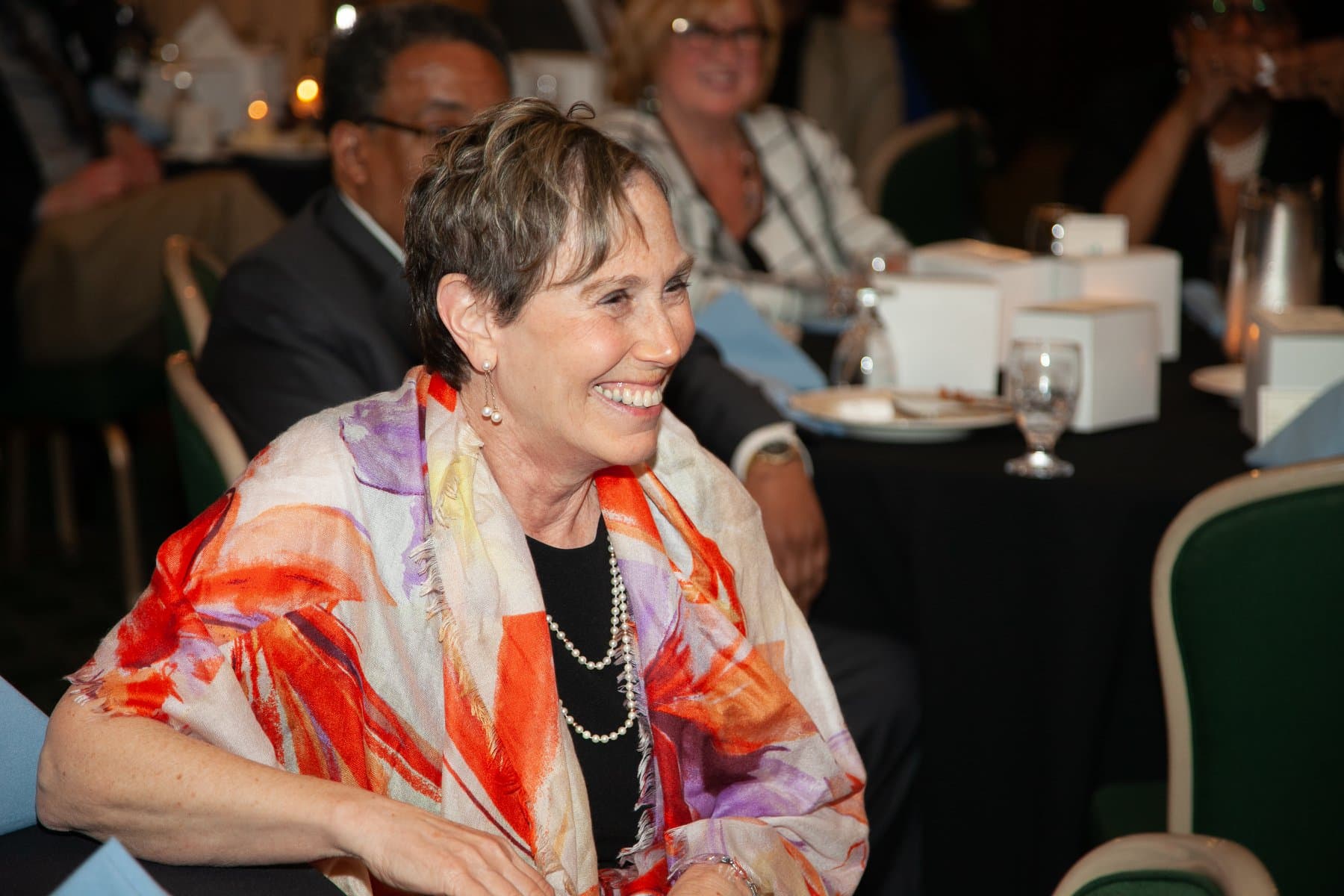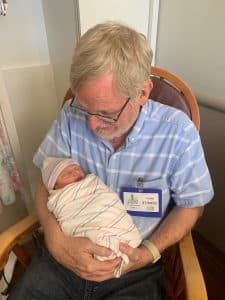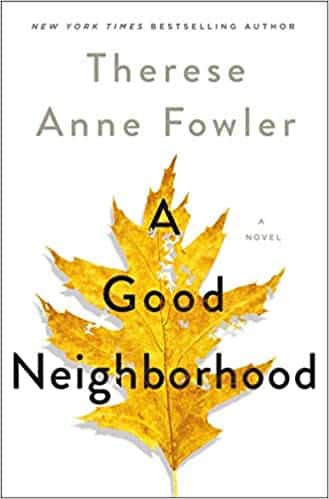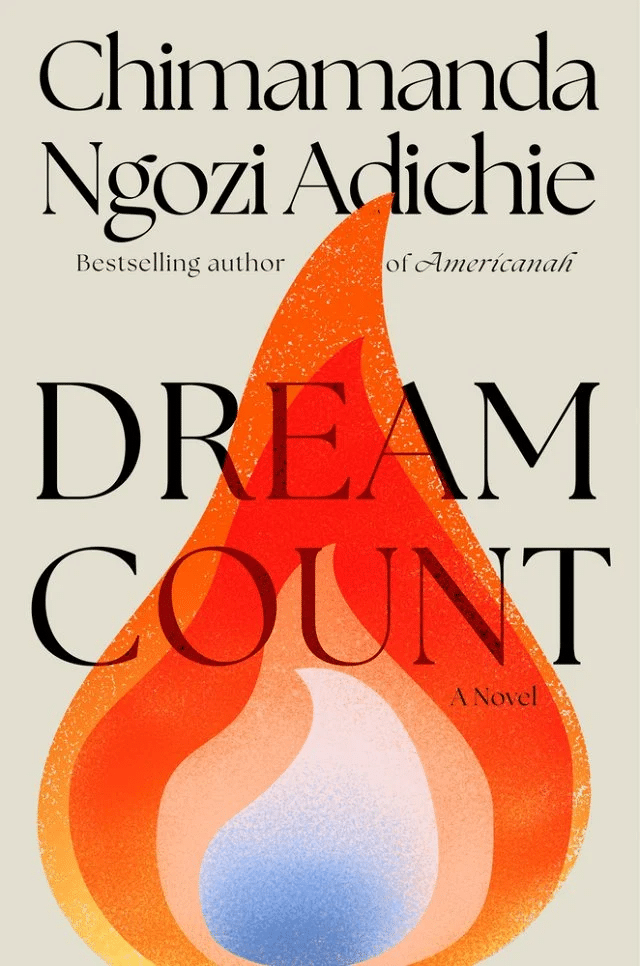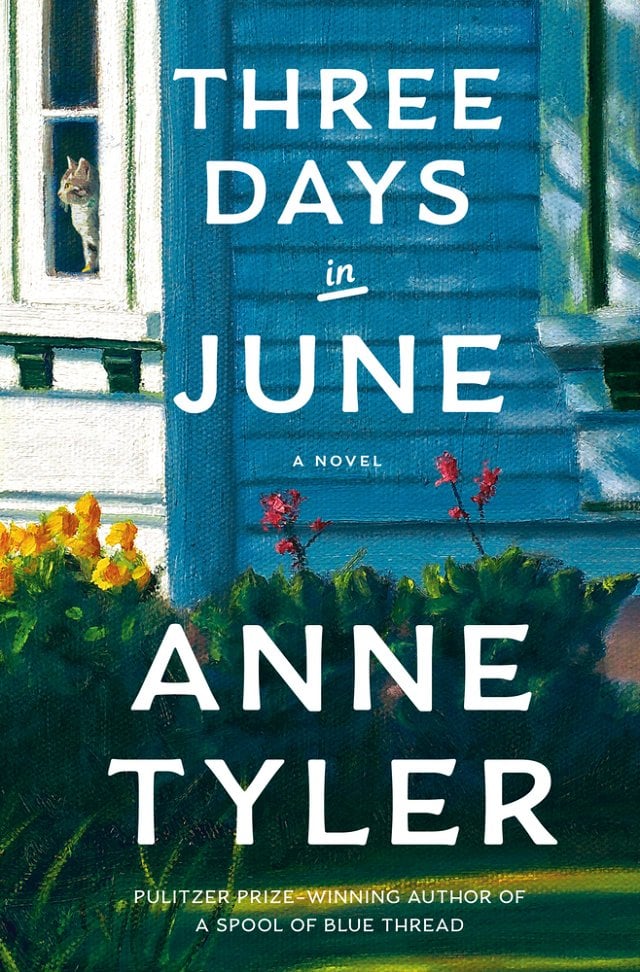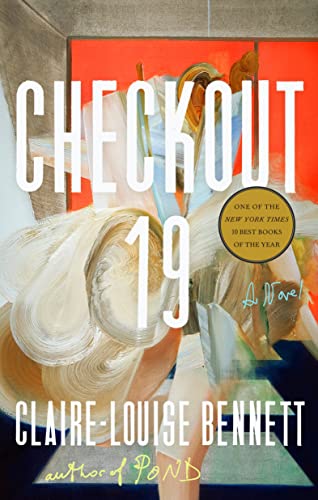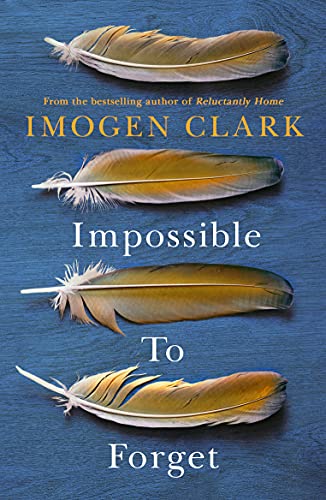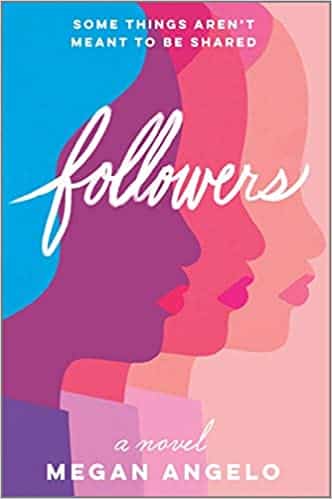Is Grief Narcissistic?
Estimated reading time: 8 minutes, 52 seconds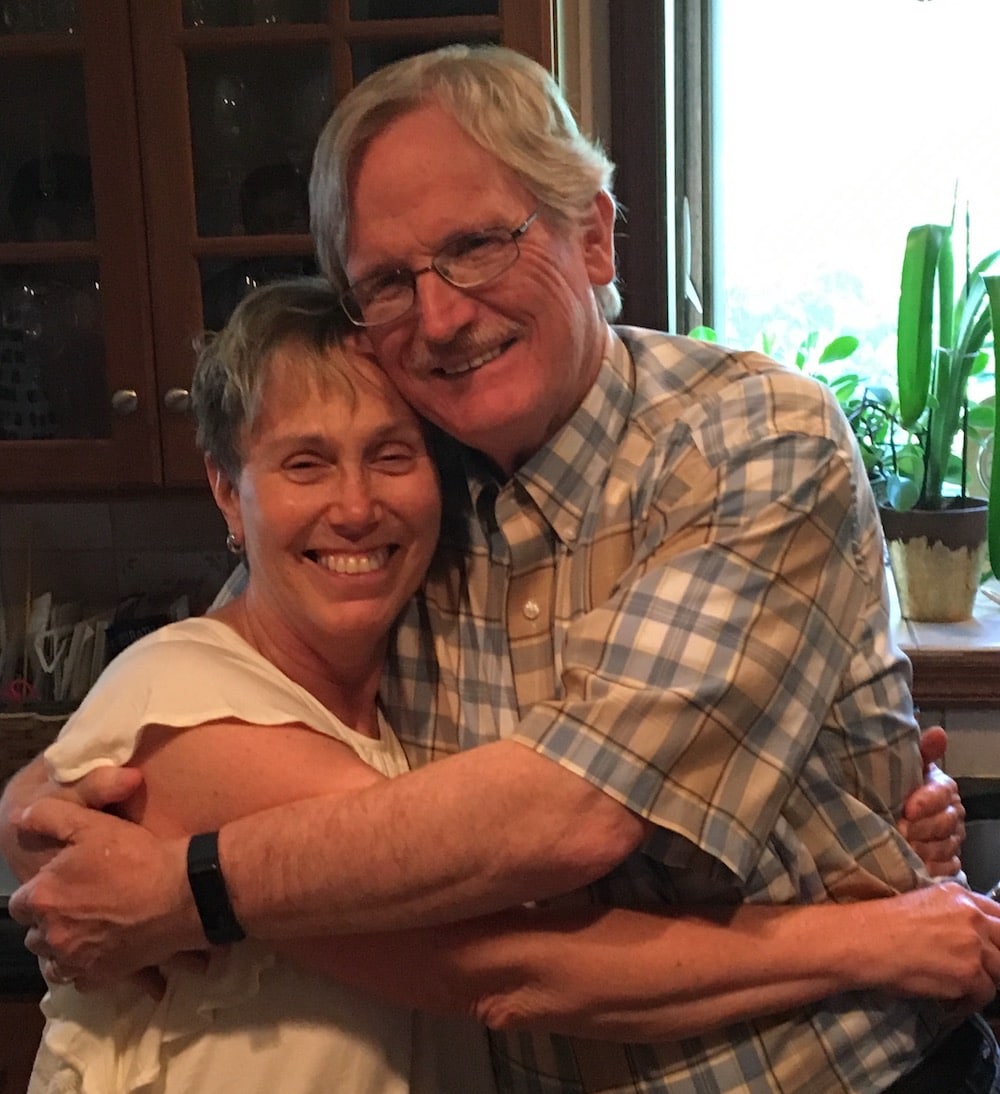
Shedding My Mourning Clothes
This month, my grandson Wes turned two years old. I vividly recall the feeling of an apolytus transformation when he was born. It might have been when I attended Camp Widow in San Diego just a couple of weeks after Wes’s birth or when I realized that I could fully embrace life. Like a snake shedding its skin without keeping track of dates and times, knowing specific timing holds great importance for humans as if it will set us free. The exact timing is not significant, but what truly matters to me is love’s profound and transformative power. It has empowered me to leave behind grief and shed my mourning clothes two years ago.
In April of this year, my friend Danny commented on my ‘Three Birthday Blessings‘ post:
You are an incredible person! You are a new person! A better person! Jan, although not here physically, has done so much for you!”
Danny
I am not exceptional, but I have undergone a significant transformation. Since Jan’s passing, I have faced life’s challenges without her, relying on my inner resilience and committing to continuous self-improvement. This dedication to self-improvement has empowered me and can empower you to face life’s challenges with determination and a positive outlook.
If grief has made me a better person, it’s because God gave me the ability to listen, embrace, and move forward. I choose to move forward with courage and resilience, treasuring every moment life offers. Although I dearly miss Jan, I am committed to honoring her memory and being the best father, grandfather, friend, and neighbor.
While grief is a natural and necessary part of the healing journey, it mustn’t consume us indefinitely. If we succumb to the overwhelming weight of grief, we risk becoming trapped in a closed garden without any means of escape. Despite the deep pain of missing my beloved wife daily, I have come to understand that it is essential that I continue living and finding joy in the present moment.
The Jan Lilien Education Fund sponsors ongoing sustainability and environmental awareness programs. All donations are tax-deductible.

This work is licensed under a Creative Commons Attribution-NonCommercial 4.0 International License.
After almost 48 years, I recently lost my wife, Jan Lilien. Like The Little Prince, Jan and I believed that “The most beautiful things in the world cannot be seen or touched, they are felt with the heart.” This blog is a collection of my random thoughts on love, grief, life, and all things considered.
